Home>Gardening & Outdoor>Landscaping Ideas>When To Water My Grass In San Antonio
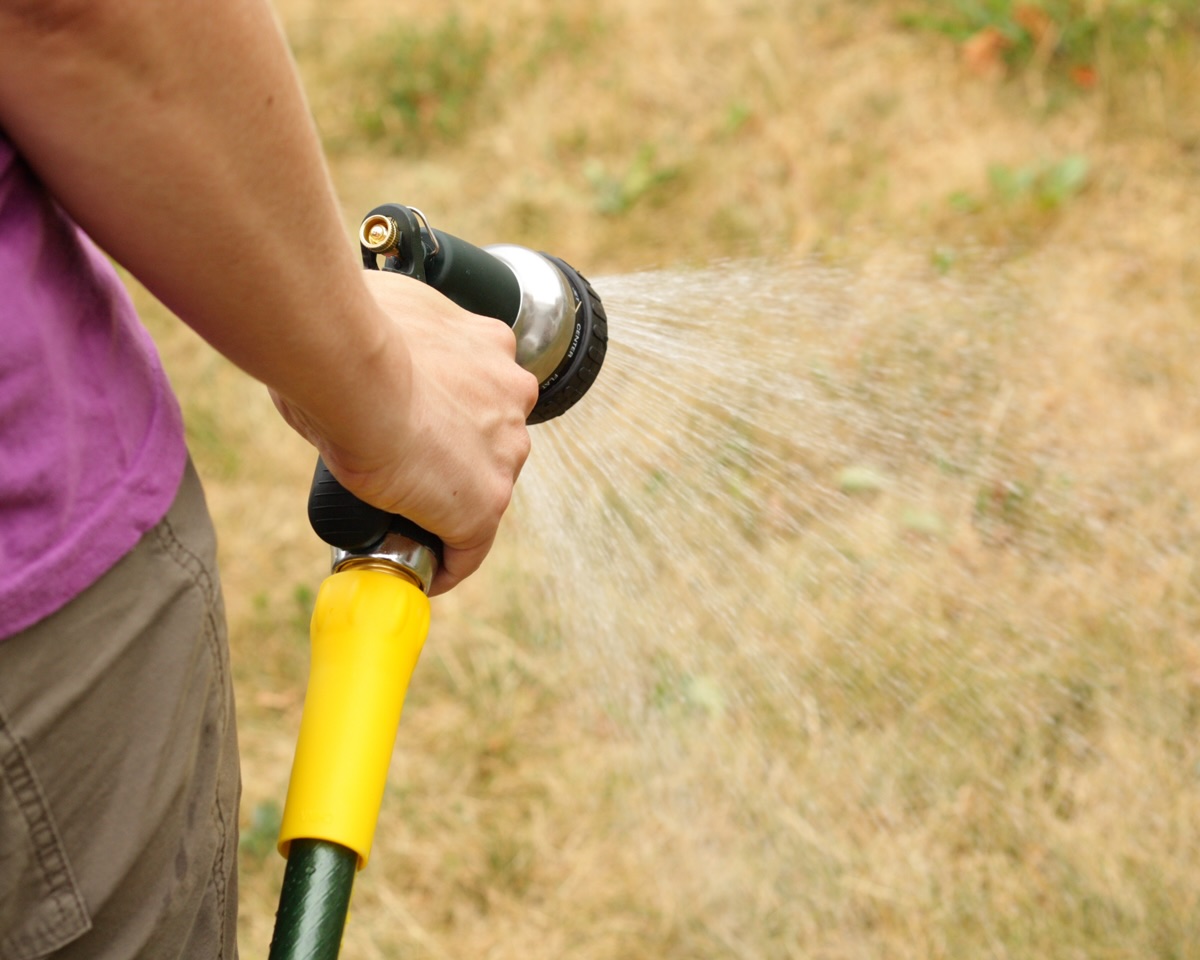

Landscaping Ideas
When To Water My Grass In San Antonio
Modified: October 18, 2024
Discover the best landscaping ideas and learn when to water your grass in San Antonio. Find expert tips for maintaining a lush, green lawn.
(Many of the links in this article redirect to a specific reviewed product. Your purchase of these products through affiliate links helps to generate commission for Storables.com, at no extra cost. Learn more)
Introduction
Welcome to the vibrant city of San Antonio, where the warm climate and rich cultural heritage create a unique backdrop for beautiful landscapes. Whether you're a seasoned homeowner or a new resident, maintaining a lush, green lawn in San Antonio's climate requires a tailored approach. Understanding the intricacies of watering your grass is essential to ensure its health and vibrancy year-round.
In this comprehensive guide, we'll delve into the nuances of watering your grass in San Antonio, offering valuable insights and practical tips to help you achieve a thriving lawn. From deciphering the local climate to identifying the signs that your grass needs watering, we'll cover everything you need to know to nurture your outdoor oasis. So, grab a refreshing beverage, and let's embark on a journey to discover the art and science of maintaining a stunning lawn in San Antonio.
Whether you're a proud homeowner in Alamo Heights, a resident of the historic King William District, or a member of any other vibrant community in San Antonio, this guide is tailored to help you make informed decisions about watering your grass. Let's dive into the specifics of San Antonio's climate and its impact on your lawn's watering needs.
Key Takeaways:
- Water your grass in San Antonio early in the morning or late in the evening to maximize absorption and minimize evaporation, keeping your lawn healthy and vibrant.
- Pay attention to signs like color change, wilting, and dry soil to know when your grass needs watering, ensuring it stays resilient in San Antonio’s unique climate.
Read more: When To Plant Grass In San Antonio
Understanding the Climate in San Antonio
San Antonio boasts a subtropical climate characterized by hot summers, mild winters, and a relatively high humidity level. The city experiences an average of 220 sunny days per year, making it essential to adapt your lawn care practices to accommodate the prolonged periods of sunlight.
During the scorching summer months, temperatures often soar above 90°F, placing significant stress on grass and other vegetation. The combination of intense heat and occasional drought conditions can quickly deplete soil moisture, impacting the health and appearance of your lawn.
Conversely, winters in San Antonio are relatively mild, with occasional cold fronts bringing cooler temperatures. While the city typically receives lower precipitation levels during the winter, periodic rainfall can contribute to the overall moisture levels in the soil.
Understanding the unique climate of San Antonio is paramount in determining the most effective approach to watering your grass. By aligning your lawn care practices with the local climate patterns, you can optimize water usage while promoting the lush, resilient growth of your grass.
Factors Affecting Grass Watering Needs
Several key factors influence the watering requirements of grass in San Antonio, each playing a crucial role in maintaining a healthy and vibrant lawn. By considering these factors, you can develop a tailored watering regimen that addresses the specific needs of your grass and aligns with the local climate.
- Grass Type: The type of grass in your lawn significantly impacts its watering needs. Common grass varieties in San Antonio, such as Bermuda grass and St. Augustine grass, have distinct moisture requirements. Understanding the specific needs of your grass type is essential for effective watering.
- Soil Composition: The composition of your soil, including its texture and drainage properties, influences how effectively it retains moisture. Sandy soils drain quickly and may require more frequent watering, while clay soils retain moisture for longer periods.
- Local Climate: San Antonio’s subtropical climate, characterized by hot summers and moderate winters, directly affects the evaporation rate of moisture from the soil. High temperatures and extended periods of sunlight can accelerate moisture loss, necessitating strategic watering practices.
- Shade and Sunlight: The amount of shade and sunlight your lawn receives can impact its water requirements. Shaded areas may retain moisture for longer periods, while sun-exposed areas may require more frequent watering to combat evaporation.
- Seasonal Variations: Recognizing the seasonal fluctuations in temperature and precipitation is vital for adjusting your watering schedule accordingly. Summer heat and drought conditions call for increased watering, while cooler, wetter periods may necessitate a reduction in watering frequency.
- Lawn Health: The overall health of your lawn, including its resilience to stress and disease, can influence its ability to withstand fluctuations in moisture levels. Well-nourished and properly maintained grass is better equipped to thrive with optimal watering practices.
By carefully considering these factors, you can tailor your approach to watering your grass, ensuring that it receives the right amount of moisture to foster vigorous growth and withstand the demands of San Antonio’s climate.
Signs Your Grass Needs Watering
Recognizing the signs that your grass requires watering is essential for maintaining its health and vitality. By staying attuned to these indicators, you can proactively address your lawn’s moisture needs and prevent potential damage caused by insufficient hydration.
- Change in Color: One of the most noticeable signs that your grass needs watering is a change in color. As the soil moisture diminishes, grass may transition from its vibrant green hue to a dull, bluish tint, indicating the onset of water stress.
- Footprint Retention: When grass lacks adequate moisture, it becomes less resilient. An evident sign of dehydration is the retention of footprints or impressions after walking across the lawn, signaling that the grass blades are not turgid enough to spring back.
- Wilting and Curling: Dehydrated grass blades may exhibit signs of wilting, where they appear droopy or folded, as well as curling at the edges. These physical changes indicate that the grass is under duress and requires immediate watering.
- Soil Dryness: Checking the soil moisture level is a crucial step in assessing your lawn’s watering needs. Dry, crumbly soil that is visibly parched to a significant depth indicates a lack of moisture and the necessity for watering.
- Slowed Growth: When grass is deprived of adequate water, its growth rate diminishes as a survival mechanism. If you notice a substantial slowdown in the growth and spread of your grass, it may be an indication that watering is required.
- Thatch Resilience: Thatch, the layer of dead grass and organic matter between the soil and the green vegetation, can lose its resilience when the grass is dehydrated. If the thatch feels dry and brittle, it may signal a need for increased watering.
By remaining observant and responsive to these signs, you can intervene promptly to provide your grass with the necessary hydration, promoting its resilience and overall well-being. Understanding these indicators empowers you to nurture a vibrant and thriving lawn in San Antonio’s dynamic climate.
Water your grass in San Antonio early in the morning, around 6-10 am, to reduce evaporation and allow the grass to absorb the water before the heat of the day. Avoid watering in the evening to prevent fungal growth.
Best Times to Water Your Grass in San Antonio
Optimizing the timing of your grass watering is instrumental in maximizing its absorption and minimizing water loss due to evaporation. In the vibrant city of San Antonio, where the climate presents unique challenges, strategic timing can significantly impact the effectiveness of your watering practices. Consider the following optimal times to water your grass for optimal results:
- Early Morning: The early morning, typically between 4 a.m. and 8 a.m., is widely regarded as the best time to water your grass. During these hours, temperatures are relatively cool, and winds are minimal, allowing the water to penetrate the soil effectively without excessive evaporation. Additionally, watering in the morning provides ample time for the grass to dry during the day, reducing the risk of fungal diseases.
- Late Evening: Another suitable time for watering your grass is late evening, after 4 p.m. and before sunset. During this period, the sun’s intensity has diminished, and the air temperature begins to cool, facilitating efficient water absorption. However, it’s essential to ensure that the grass has sufficient time to dry before nightfall to prevent prolonged moisture on the blades, which can contribute to fungal issues.
By aligning your watering schedule with these optimal times, you can enhance the effectiveness of moisture uptake by your grass, leading to improved resilience and lush growth. Additionally, adhering to strategic watering times allows you to conserve water and minimize wastage, contributing to sustainable lawn care practices in San Antonio’s climate.
Watering Techniques for Healthy Grass
Implementing proper watering techniques is essential for nurturing healthy, resilient grass in San Antonio’s dynamic climate. By employing strategic methods, you can optimize water absorption, promote deep root growth, and mitigate the risk of water-related issues such as runoff and evaporation. Consider the following techniques to maintain vibrant, lush grass:
- Deep Watering: Rather than frequent, shallow watering, prioritize deep watering sessions that allow moisture to penetrate the soil to a substantial depth. Deep watering encourages the development of robust, deep root systems, enhancing the grass’s ability to withstand periods of heat and drought.
- Infrequent Watering: Aim to water your grass less frequently but with ample volume to achieve deep saturation. This approach encourages the roots to extend deeper into the soil in search of moisture, contributing to the overall resilience of the grass.
- Use of Irrigation Systems: Installing an efficient irrigation system, such as a programmable sprinkler system or drip irrigation, can streamline the watering process while ensuring uniform coverage and optimal moisture distribution across the lawn.
- Water Conservation Practices: Embrace water conservation practices by incorporating rainwater harvesting systems or utilizing moisture-retaining mulches in your landscaping. These initiatives help reduce reliance on traditional water sources while promoting sustainable lawn care.
- Avoiding Water Waste: Minimize water waste by adjusting sprinklers to prevent overspray onto hardscapes and optimizing their settings to deliver water precisely where it’s needed. Regularly inspect and maintain your irrigation system to address potential leaks and malfunctions promptly.
- Observation and Adjustment: Continuously observe the condition of your grass and the soil moisture levels to fine-tune your watering regimen. Adjust your watering schedule based on seasonal variations, rainfall patterns, and the specific needs of your grass type.
By incorporating these watering techniques into your lawn care routine, you can cultivate a thriving, resilient grass landscape that thrives in San Antonio’s climate. Consistent application of these methods fosters a healthy, vibrant lawn while promoting responsible water usage and environmental stewardship.
Conclusion
Caring for your grass in San Antonio’s climate requires a thoughtful and adaptive approach, considering the city’s unique weather patterns and environmental dynamics. By understanding the impact of the local climate, recognizing the factors influencing grass watering needs, and implementing strategic watering techniques, you can cultivate a lush, resilient lawn that enhances the beauty of your outdoor space.
Throughout this guide, we’ve explored the nuances of watering your grass in San Antonio, delving into the essential considerations and best practices for maintaining healthy, vibrant turf. From identifying the signs that your grass requires watering to optimizing the timing and techniques for efficient moisture uptake, you are now equipped with valuable insights to elevate your lawn care efforts.
As you navigate the diverse neighborhoods of San Antonio, from the historic districts to the bustling urban landscapes, your commitment to nurturing a thriving lawn contributes to the city’s natural allure and environmental sustainability. By embracing responsible watering practices and staying attuned to the specific needs of your grass type and local climate, you play a vital role in preserving the beauty of San Antonio’s outdoor spaces.
So, whether you’re savoring the scenic views along the River Walk or relishing the cultural richness of the city, take pride in the vibrant, healthy lawn you’ve cultivated. By harmonizing your lawn care practices with the dynamic climate of San Antonio, you can revel in the beauty of a flourishing, resilient grass landscape, enriching your outdoor experiences and creating a welcoming environment for all to enjoy.
With a mindful approach to watering your grass and a deep appreciation for the natural splendor of San Antonio, you can continue to nurture a landscape that reflects the city’s warmth, vibrancy, and enduring charm.
Frequently Asked Questions about When To Water My Grass In San Antonio
Was this page helpful?
At Storables.com, we guarantee accurate and reliable information. Our content, validated by Expert Board Contributors, is crafted following stringent Editorial Policies. We're committed to providing you with well-researched, expert-backed insights for all your informational needs.

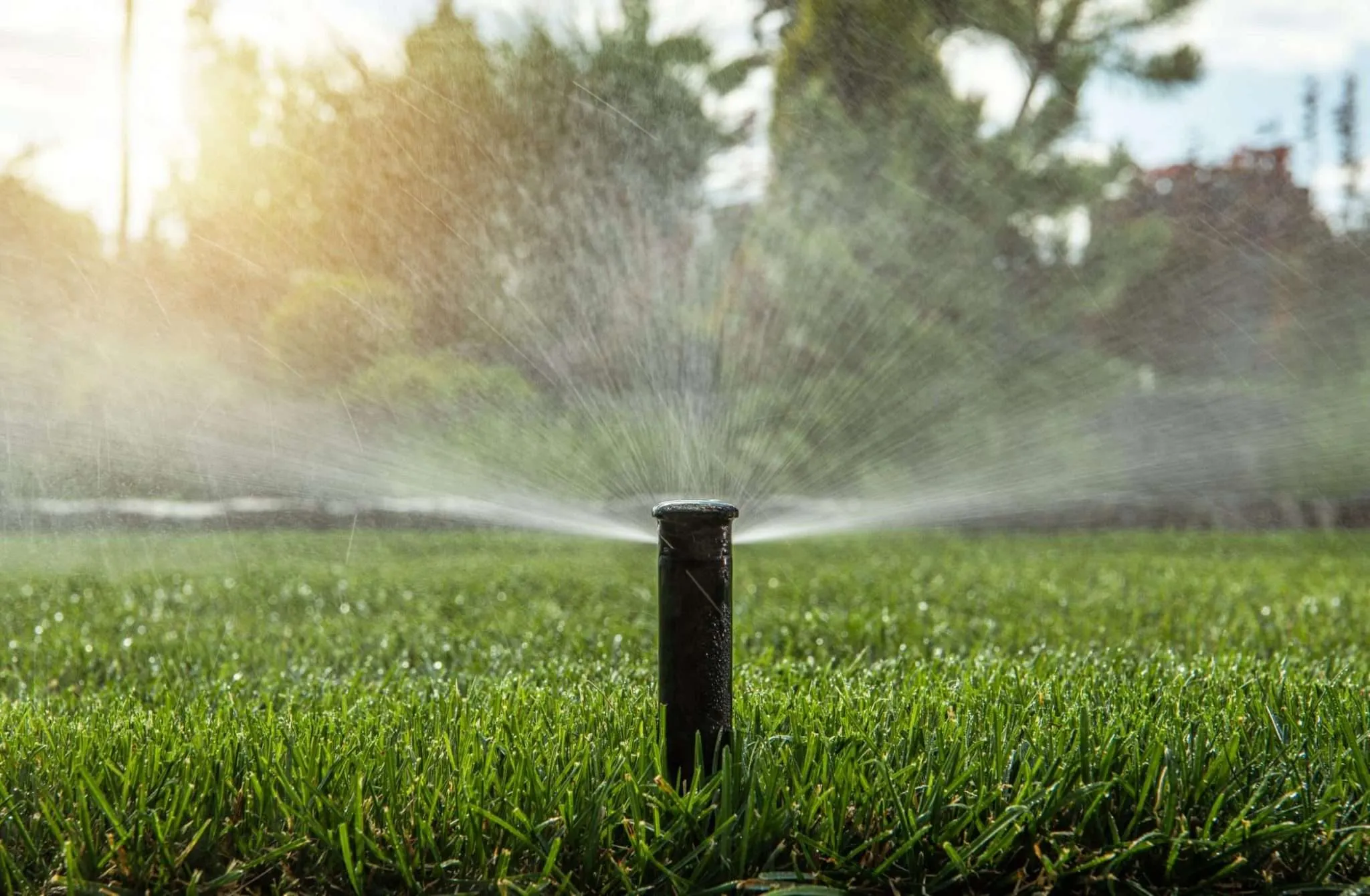
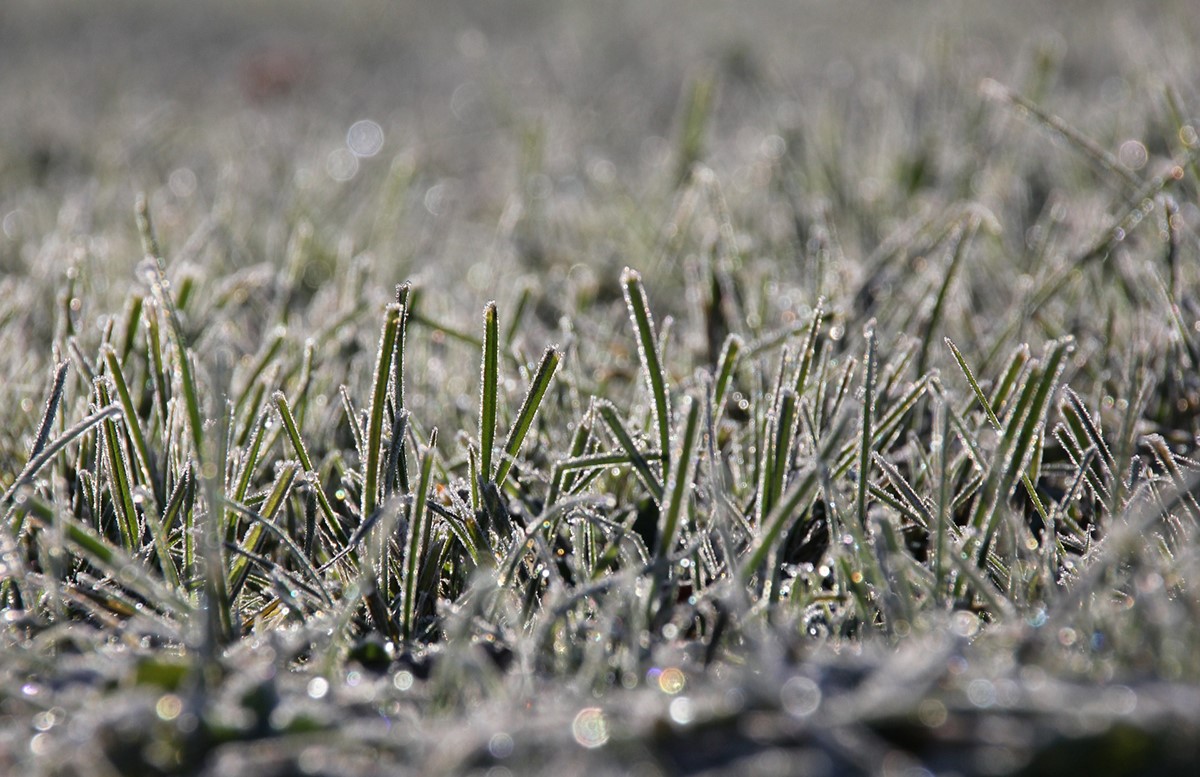

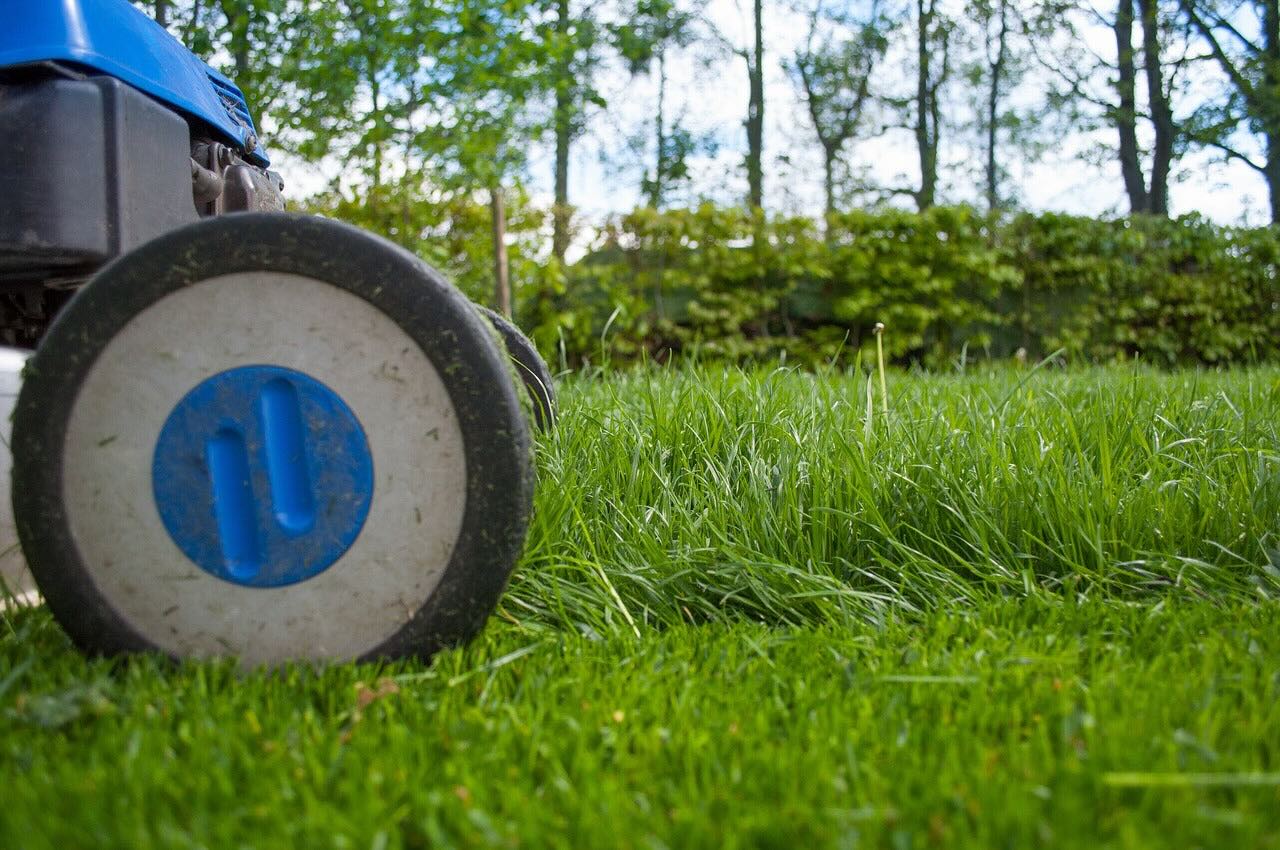
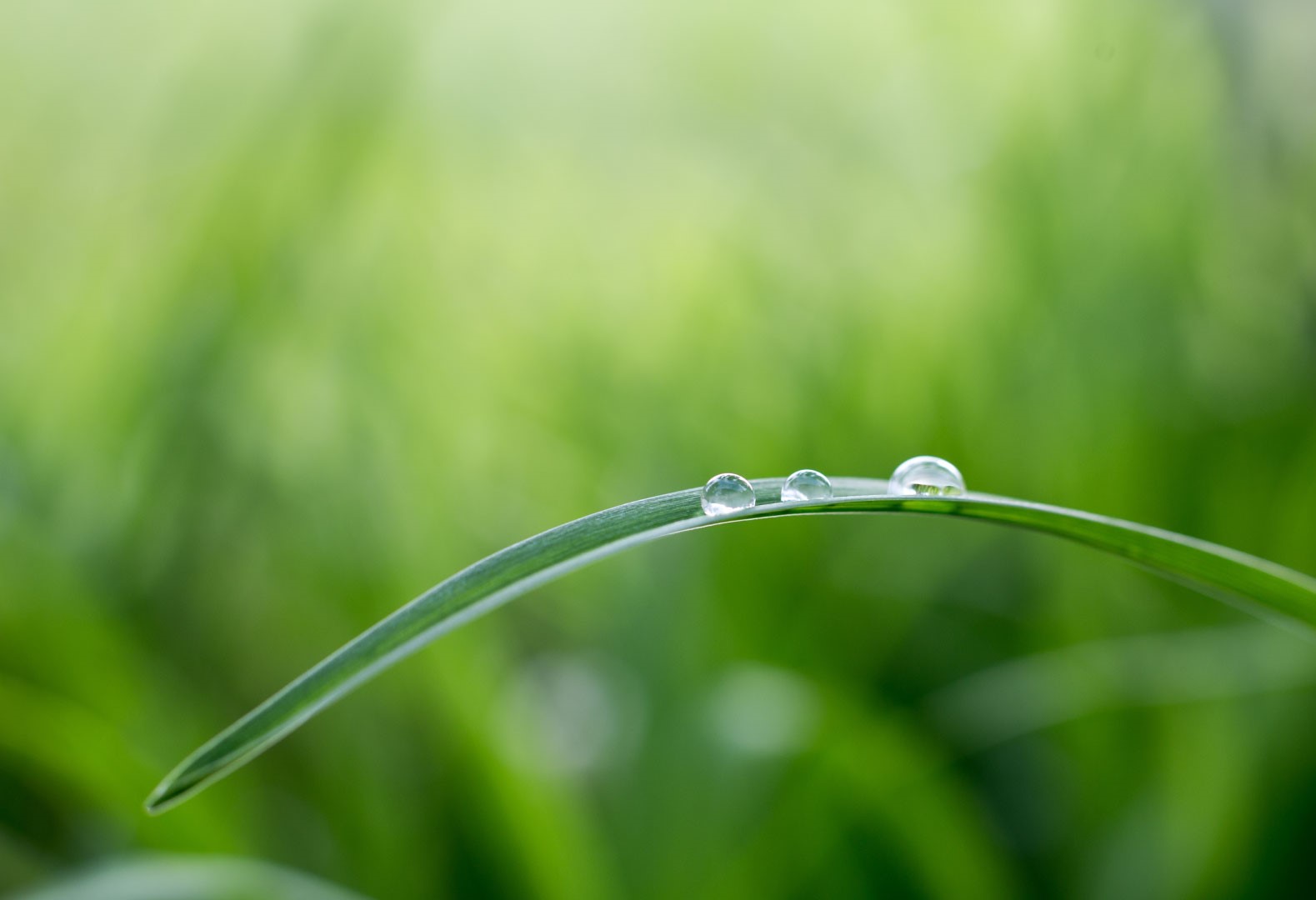
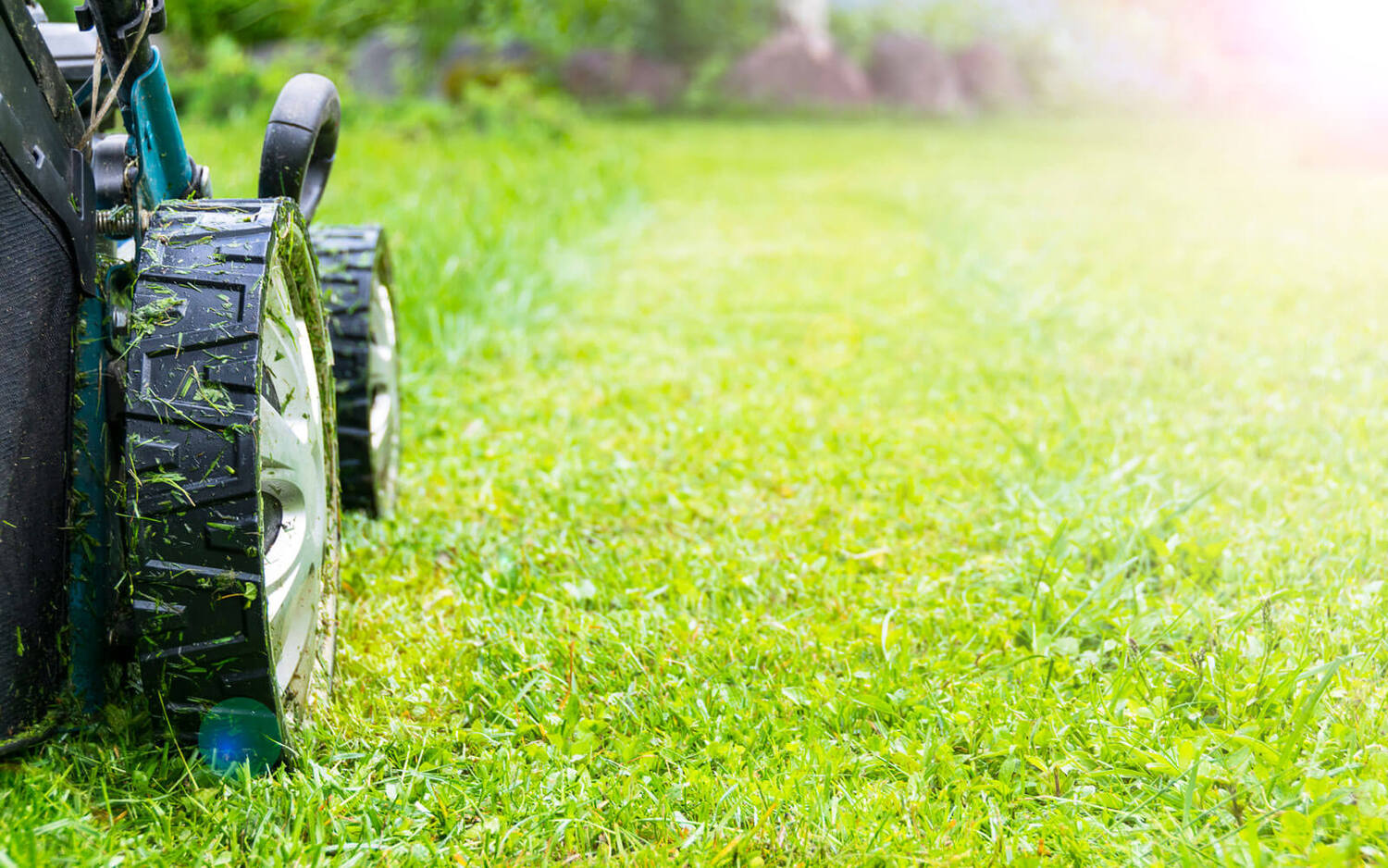
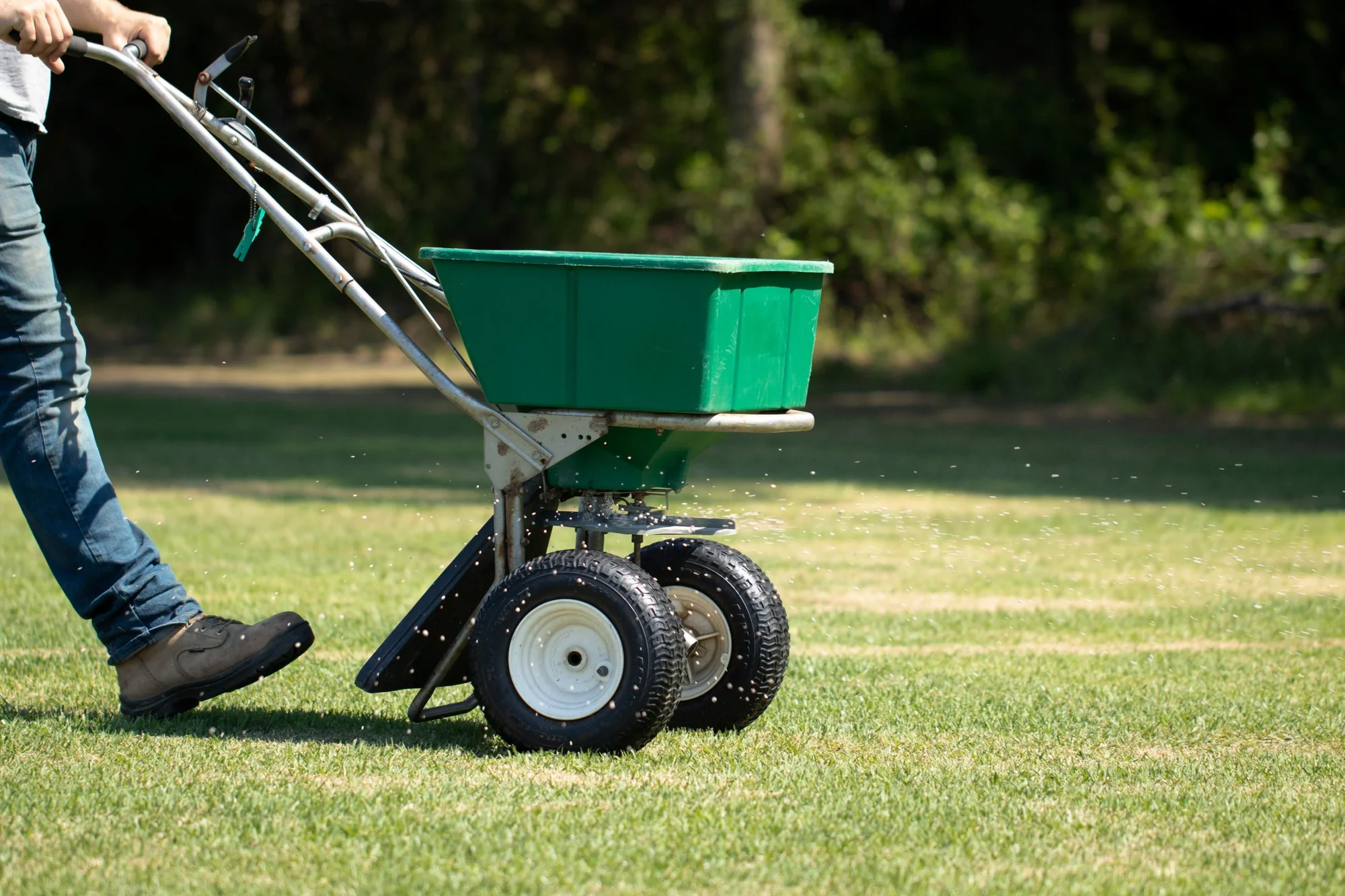
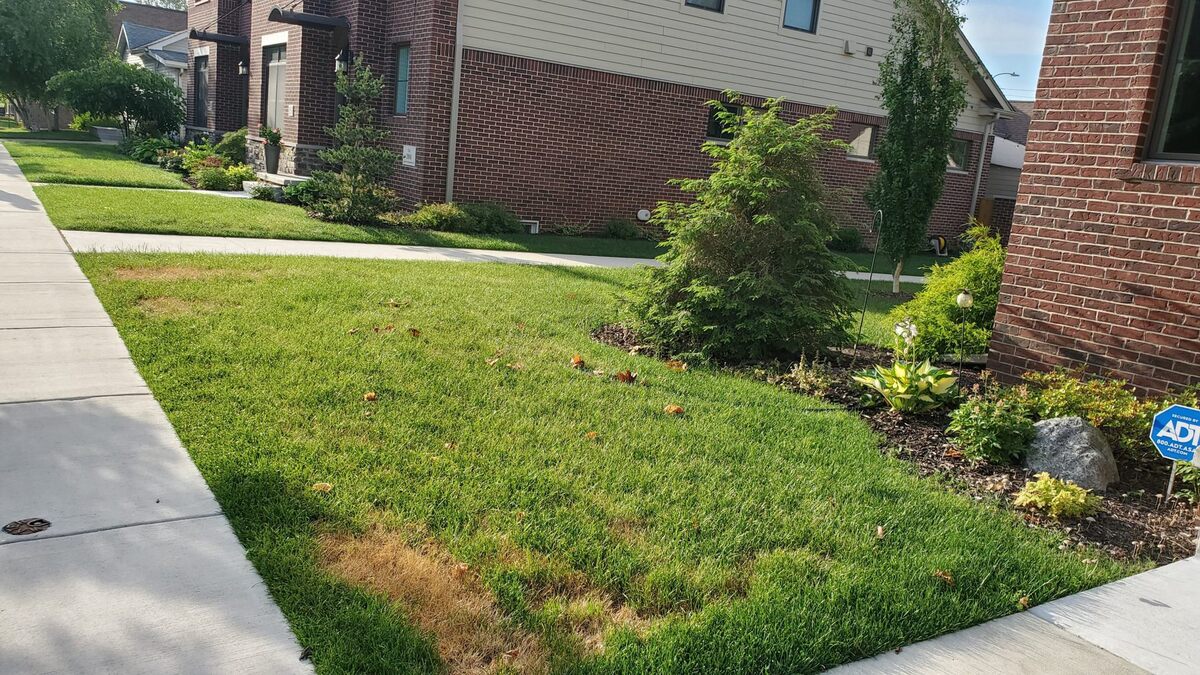
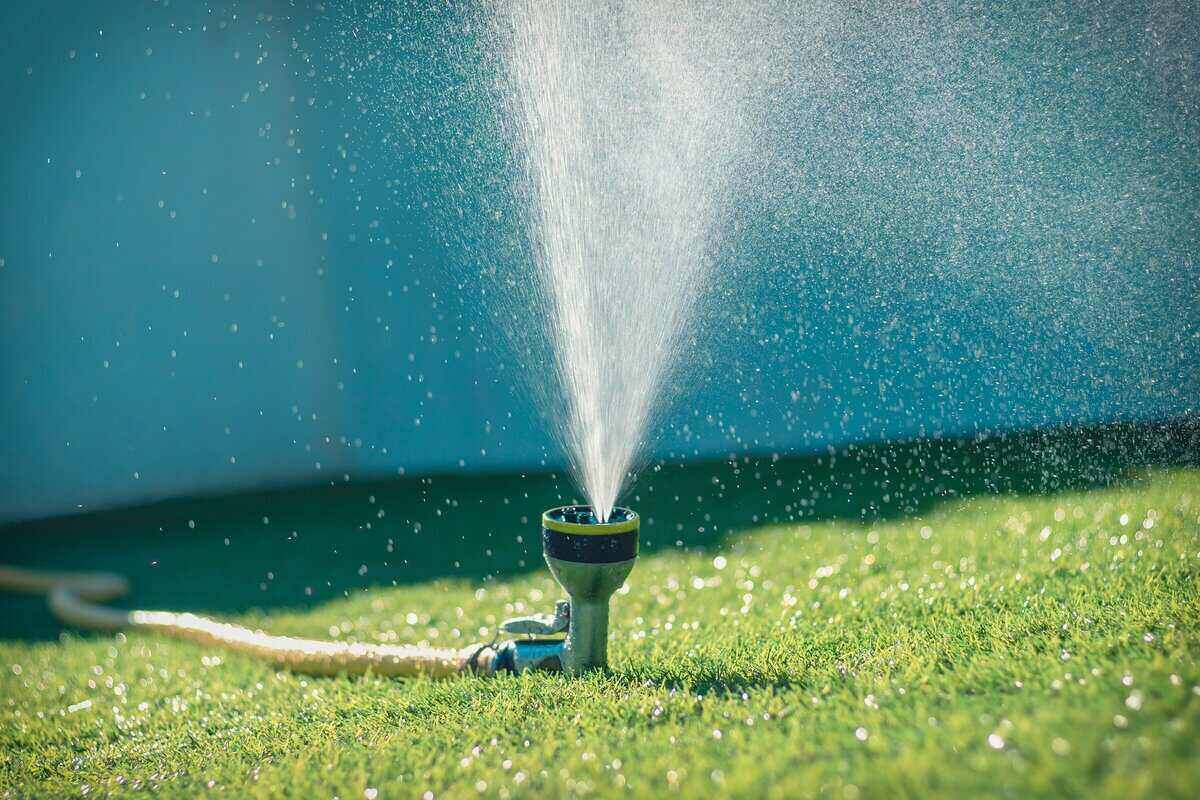
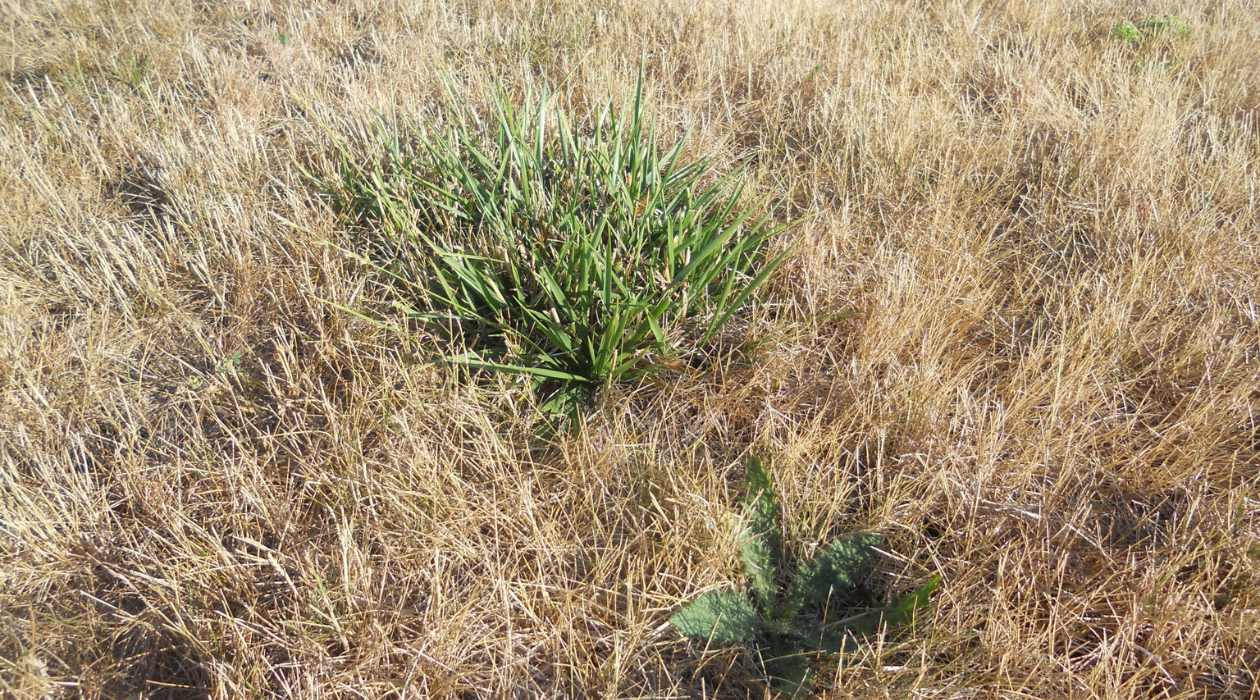
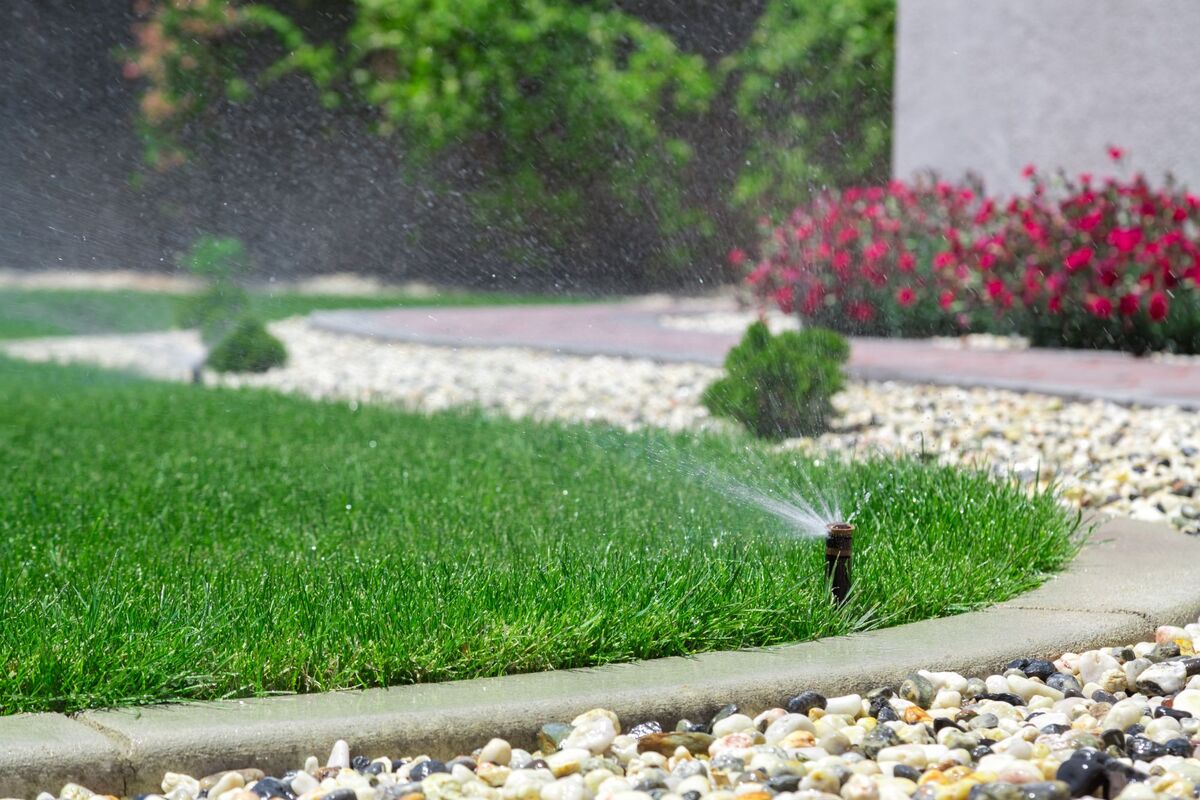



0 thoughts on “When To Water My Grass In San Antonio”